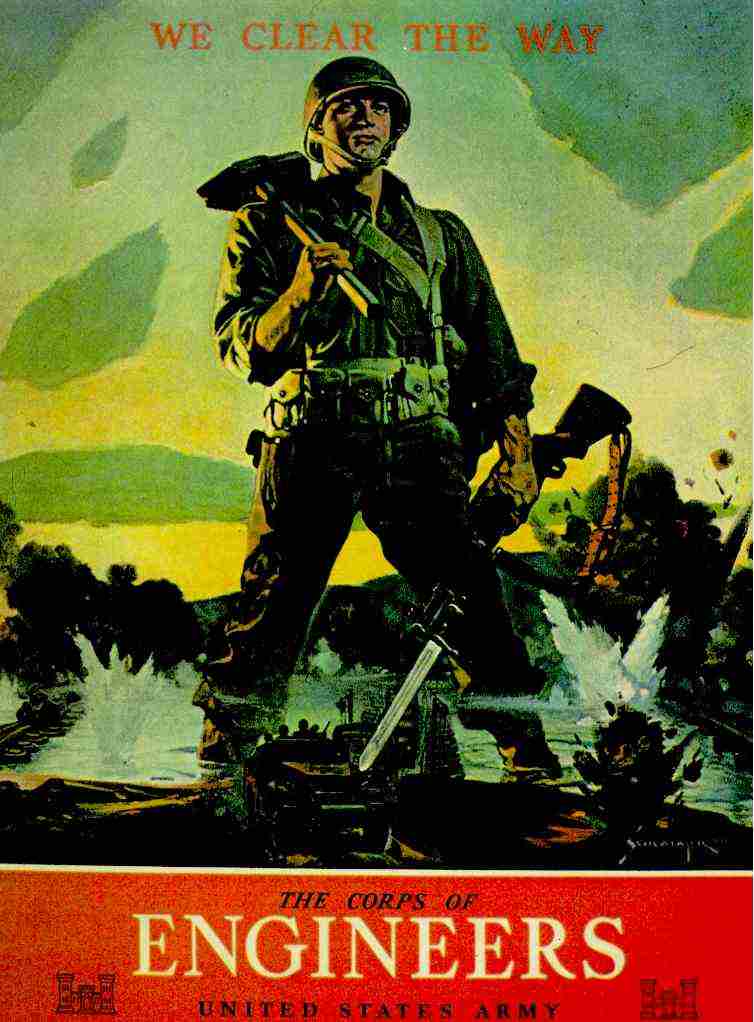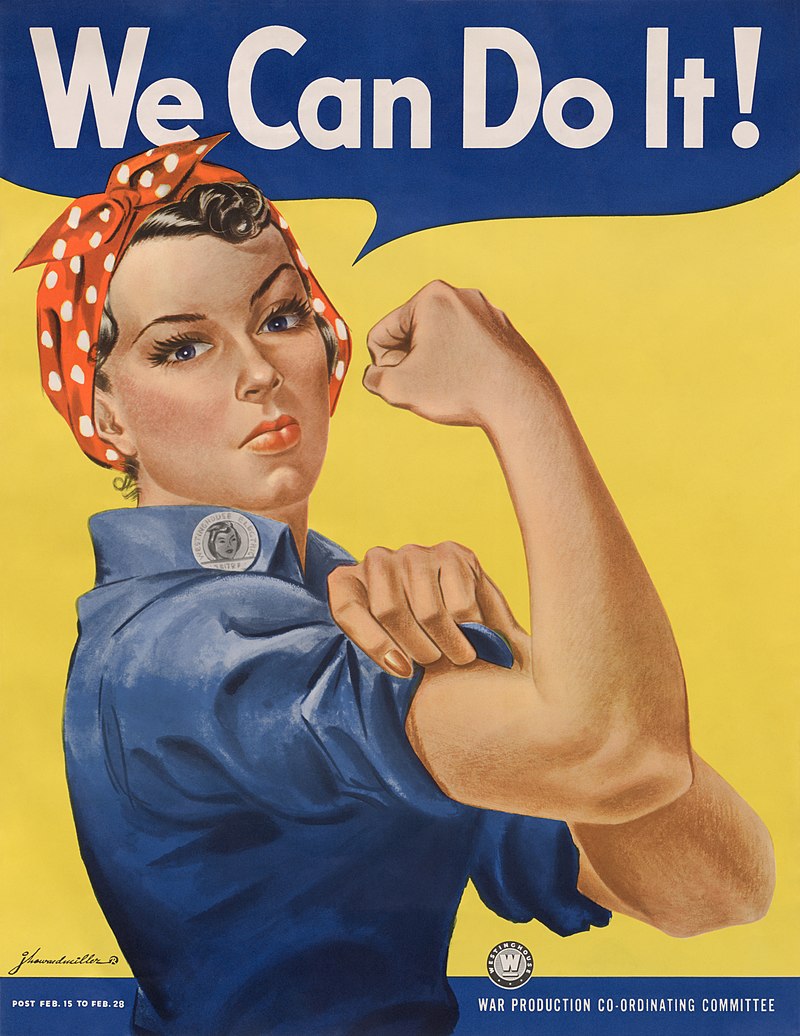 Web Content Display
Web Content Display
Create a Propaganda Poster Activity
Posters are an eye-catching way to convey important information quickly and easily
and can help remind people to be part of the solution in dangerous and trying times.
CATEGORY:
Visual Arts, Research, Current Events, Writing
GRADE LEVEL:
Elementary, Middle and High School
SUGGESTED TIME:
30-60 minutes
MATERIALS/RESOURCES REQUIRED:
Paper, pencil, crayons, colored pencils, computer
DISCOVERY OBJECTIVES:
To learn how simple images, colors and words
can evoke powerful emotions, transmit complex
information and inspire action, or inaction.
TAG US IN SOCIAL MEDIA:
Post a picture of your work to social media with the hashtag #fdractivities




